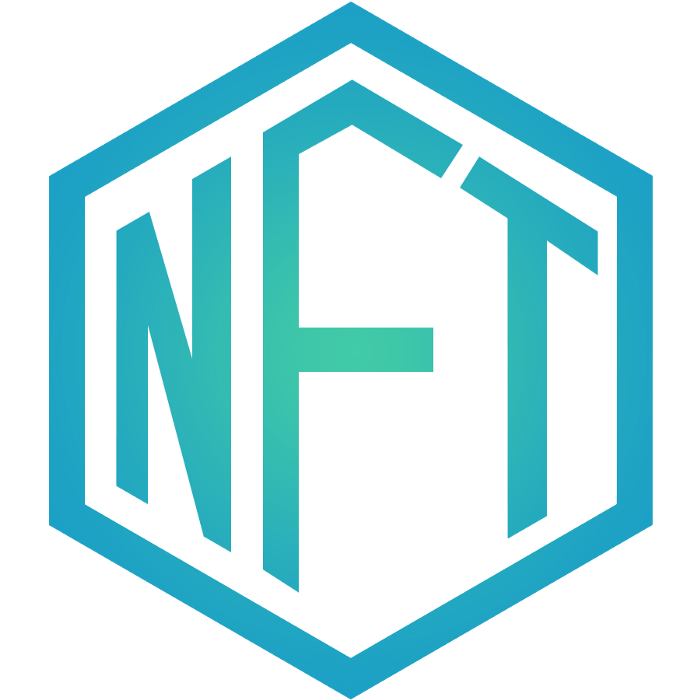NFT or Non-Fungible Token, is the latest in the long line of jargon that you might be hearing a lot about recently. So, why should you care and what is it even? Let’s try to understand the origin and thereby the hype around it.
A digital token is just another piece of a smart contract code that’s running somewhere on a particular blockchain. When cryptocurrency came out and everybody started issuing their tokens, we saw a meteoric rise to Digital Tokens or CryptoCurrencies in the form of ICOs (Initial Coin Offerings) that every other project was really into at the time. Most used CryptoCurrencies came on the more popular decentralised networks like Ethereum, in the form of ERC-20s. This gave a widespread knowledge around what cryptocurrencies are and ERC-20 became a common term to be used in analogous to digital tokens wherever specified. However, several improvements on specific use-cases kept happening over time. These improvements are usually referred to as EIPs(Ethereum Improvement Proposals).
One of the most sought after use-cases was ERC-721 or deeds or as more commonly known as Non-Fungible Tokens.
NFTs can represent ownership over digital or physical assets. It’s obviously not a new concept. It’s been around since 2014.

- Physical property — houses, unique artwork
- Virtual collectables — unique pictures of kittens, collectable cards
- "Negative value" assets — loans, burdens, and other responsibilities In general, all houses are distinct and no two kittens are alike. NFTs are distinguishable and you must track the ownership of each one separately.
This by itself doesn’t really mean much but when you really think about it, we already have an extremely large scale demand for such unique items. From collectible cards, items, and luxury antiques, our lives revolve around uniqueness. The more unique an item, the more valuable it becomes. It’s the very core of how our economics work and how every valuable item is identified. Now, with ERC-721, we got a way to represent it online and have a very simple way to buy and sell such assets. Of course, it comes with its own set of problems like enormous gas fees which one has to pay for networks like Ethereum. Makes it almost impossible to acquire one or more of these very special NFTs for normal people. The NFT market value tripled in 2020, reaching more than $250 million. During the first quarter of 2021, NFT sales exceeded $2 billion. Plagiarism is another big concern where a true digital identity solution can very well fix it. We’ll take all the issues and possible solutions in perhaps a separate post of its own. I feel it deserves a more in-depth analysis.

Marketplaces
OpenSea
As one of the most commonly referred NFT marketplaces, OpenSea has established it’s dominance in the space. You can practically buy or sell any type of NFT here. The process is as simplified as it can be.
Binance NFT
Binance NFT Marketplace brings together artists, creators, and crypto enthusiasts on a single platform to create and trade top NFTs. The platform features 3 product lines:
- Events: Buy premium and exclusive NFTs created by global leading artists
- Marketplace: Mint, purchase, and bid on NFTs from creators around the world
- Mystery Box: Stand a chance to win rare NFTs in a box full of surprises
Crypto.com NFT
Rarible
Foundation
SuperRare
Atomic Market
Myth Market
BakerySwap
Axie Marketplace
KnownOrigin
MakersPlace
Solana Art
NBA Top Shot
Async Art
Portion
Enjin Marketplace
BakerySwap
Even traditional art giants like Christies are setting up shop around it can step into the modern age.
Variations
Over time, some variations of ERC-721 have emerged as well.
- ERC-1155 which offers semi-fungibility and works over a class of assets instead of particular assets.
- FLOW blockchain provides proof-of-stake consensus. Mostly used by NBA Top Shot.
- Tezos also works on a proof-of-stake based NFT.
- Solana has also started supporting NFTs.
Create your own NFT
A simpler way is to start using one or the platform above mentioned and get started with it. If you want to create your own marketplace or product as such, there’s always a way to do so.
- Select a DLT network on which you’d like to issue the NFTs on. Preferably one with less transaction fee.
- Write an NFT smart contract or equivalent in that particular network. Here’s a good getting started point are in OpenZepplin Docs.
- Make sure there’s an easy interface because mind you, most of your users are really just everyday Joes who just want to purchase as an investment strategy.
So, what all can you use NFTs for?
- Art
- GIFs
- Videos and sports highlights
- Collectibles
- Virtual avatars and video game skins
- Designer sneakers
- Music
- Tweets
- Github Commits
Of course, be wary of where you’re buying these NFTs from. Are they authorised sources or someone broker marketplace who’s just selling via some other marketplace? Are they really the owner or authorised seller of the items. Are they backed by a reputable organisation or foundation? Which blockchain or DLT platform are they using and how much transaction fee is that purchase going to cost you? Also, make sure you’re aware of your country or state's legalities and taxation procedures. NFTs are also subject to capital gain tax such as any stock you might own.

